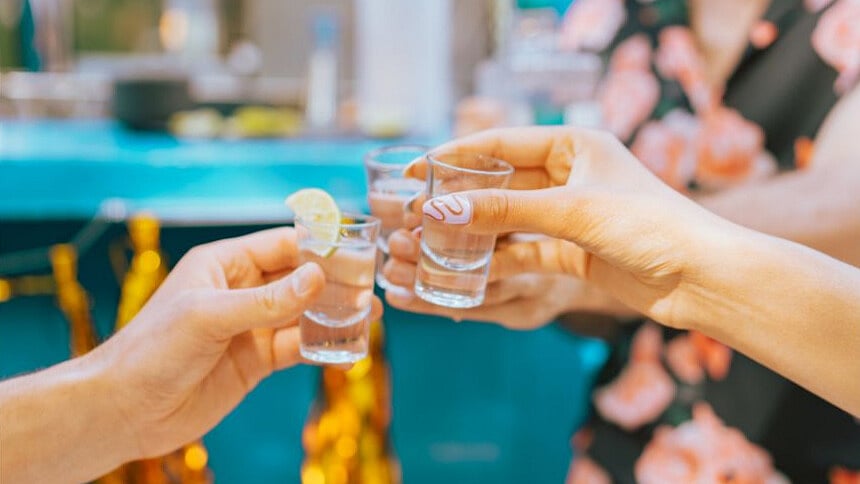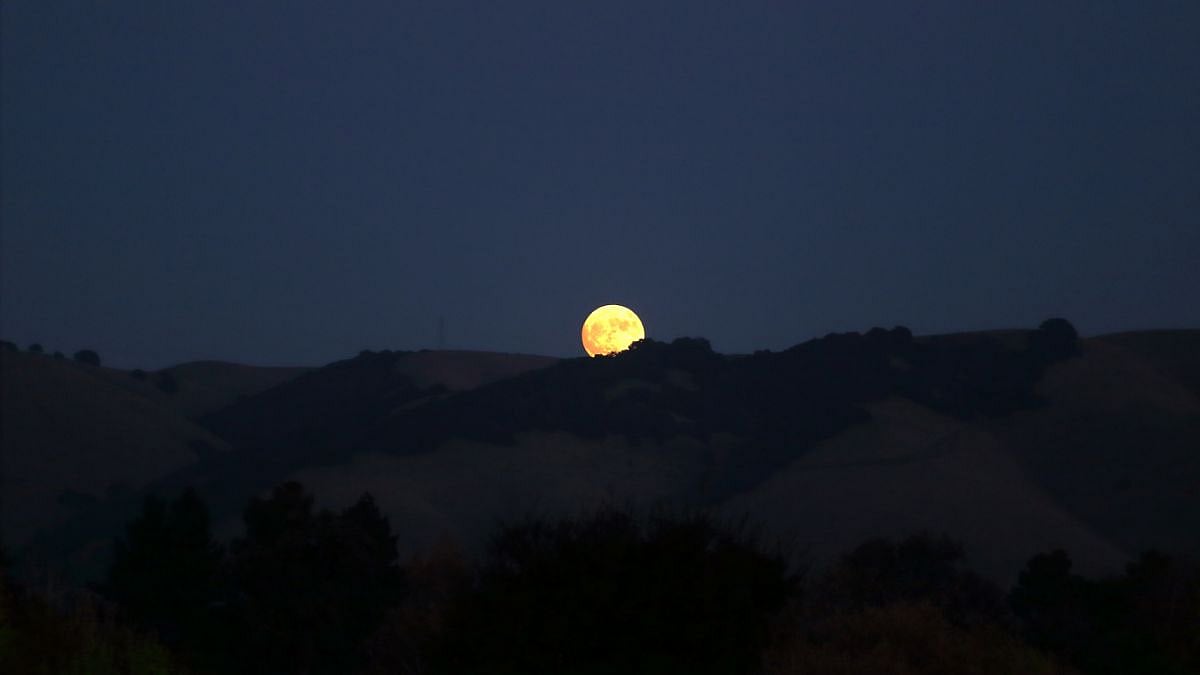Originating in Mexico as ‘National Tequila Day,’ the celebration honours the hard work of agave farmers and tequila makers, as well as Mexico’s national spirit. Rooted in the state of Jalisco, tequila holds significance beyond being an alcoholic beverage; it is part of the country’s history and culture.
The First Sip
Beginning in the pre-Columbian era, the Aztecs were deeply devoted to the agave plant, whose fermented sap — pulque — was used in religious contexts. It was important in the lives of Mexican Indians, who personified it through Mayahuel, the goddess of fertility.
The Spanish conquerors brought with them distillation techniques (i.e. separation processes), which — after experimentation — turned pulque into mezcal.
The process travelled to the town of Tequila in Jalisco, which became the hub for mezcal production. The spirit eventually adopted the name of the town, becoming one of Mexico’s quintessential beverages: Tequila.
In the 18th century, the Cuervo family was among the first to begin commercial tequila production, with their son — José Cuervo — learning its manufacturing from the time he was a boy. But at the turn of the 20th century, regulations were established to define tequila production zones and protect its name.
Fast-forward to the present day, where tequila is a globally recognised spirit, made exclusively from blue agave in specific regions of Mexico, adhering to the strict long-standing production standards.
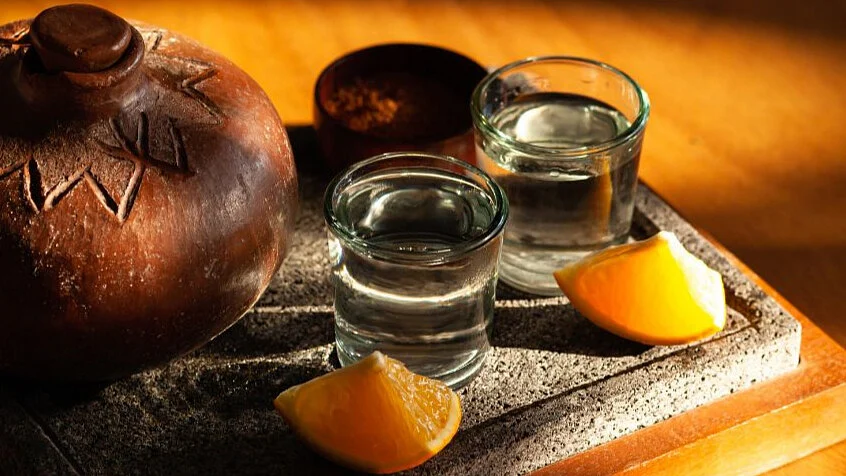
The colour of tequila differs according to its ageing process. | Canva
The Manufacturing Before Mixology
Upon simplification, manufacturing tequila is a seven-step process.
Step 1: Agave farmers, or jimadors, harvest the blue agave plants and remove their spiky leaves, holding on to the heart of the plant: the piña.
Step 2: Piñas are cooked — in traditional outdoor ovens (hornos) or autoclave machines — to soften them and convert their starches into sugars.
Step 3: The cooked piñas are crushed to extract a sugary juice, commonly referred to as ‘mosto’ or ‘aguamiel.’
Step 4: The ‘mosto’ is mixed with water and yeast in fermentation tanks. The fungi converts the sugars into alcohol, producing a liquid known as ‘mosto fermentado.’
Step 5: The fermented liquid is distilled (separated) a few times; often in copper pot stills to increase the alcohol content and eliminate impurities.
Step 6: To prepare tequila for consumption, it may be aged in oak barrels — affecting its colour, flavour and aroma — before being bottled and dispatched.
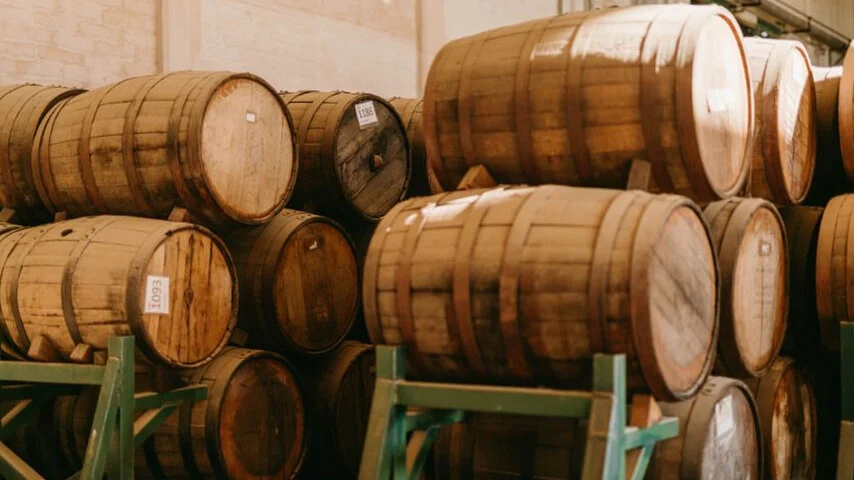
Tequila is sensitive to light and heat and needs to be preserved in a cool, dark place with a consistent temperature. | Canva
"Arriba, Abajo, Al Centro, Y Pa' Dentro"
“Up, down, to the centre and in!” Get ready for the celebrations in honour of Tequila Day 2025, which escalated from being a national to a world phenomenon once restaurants, bartenders and celebrities promoted and introduced the liquor to new audiences; spreading it to the rest of the world.
Many opt to drink tequila in its many cocktail concoctions like the Paloma, El Diablo and Siesta, to name a few. But it’s not the best idea to drink on an empty stomach. The Mexican beverage complements the flavours of tacos, grilled meats and spicy dishes. Additionally, consider pairing it with citrusy notes, like lime desserts, or indulge with a chocolate sweet treat on the side.
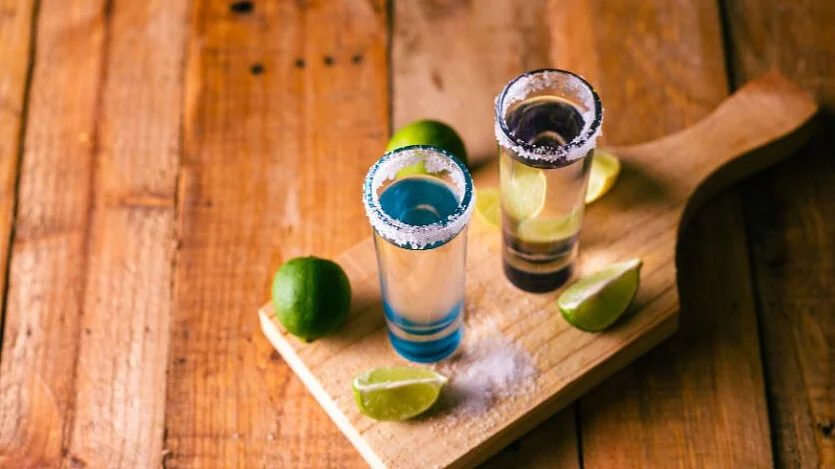
Salt and lemon usually accompany a glass of tequila as they have the ability to lessen the raw burning sensation when you're drinking straight shots. | Canva
Aside from themed parties and get-togethers to honour the cultural drink, it’s popular to explore distilleries on tequila trail tours, which doubles as a learning experience for the spirit’s history, production and consumer demands. Such activities accommodate for sampling different types of tequila, exposing yourself to unique flavours and aromas.
This, in turn, supports Mexico’s local economies by boosting tourism and trade. Tequila sales sky-rocket, as bars, restaurants and liquor stores report increasing revenue due to consumer demand, evidencing a steady rise in tequila consumption across the world.
Additionally, this works towards the preservation of the country’s culture. Tequila-centric tourism highlights the beauty of Jalisco’s environmental and historical backgrounds.
The appreciation of tequila has grown beyond taking rounds of salt, shot and lime. Instead, the production of artisinal tequila, with its premium-quality flavours, make World Tequila Day worth celebrating. It serves as a reminder that a simple bottled beverage can carry centuries of history.
Disclaimer: This article is not meant to endorse or promote alcohol consumption in any way. It is meant to be informative and relay factual information. If you choose to consume alcohol, ensure it is done in a responsible manner.
